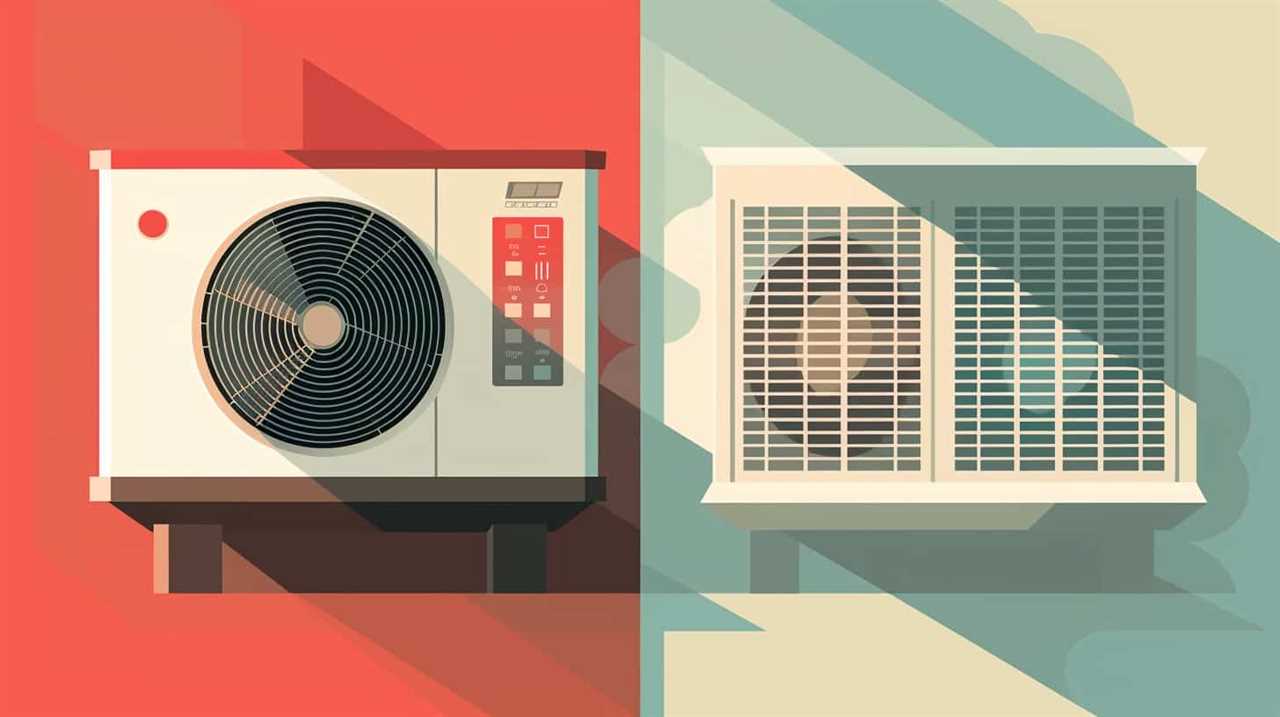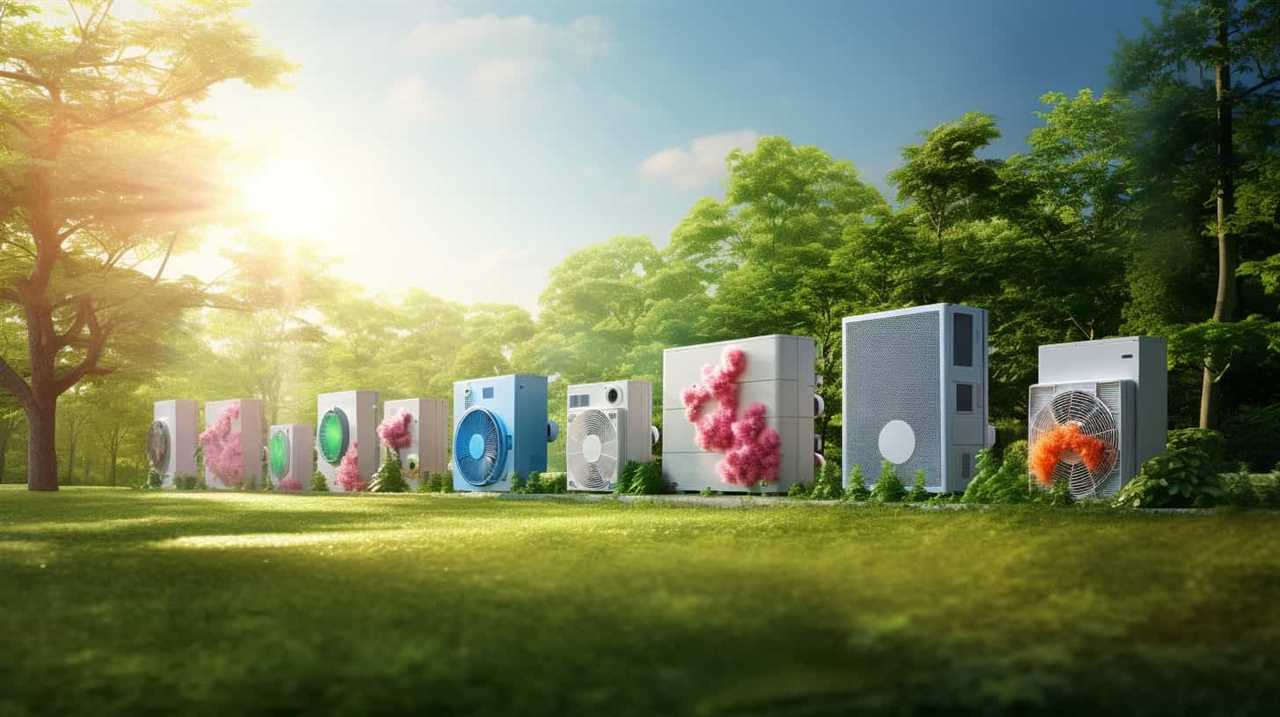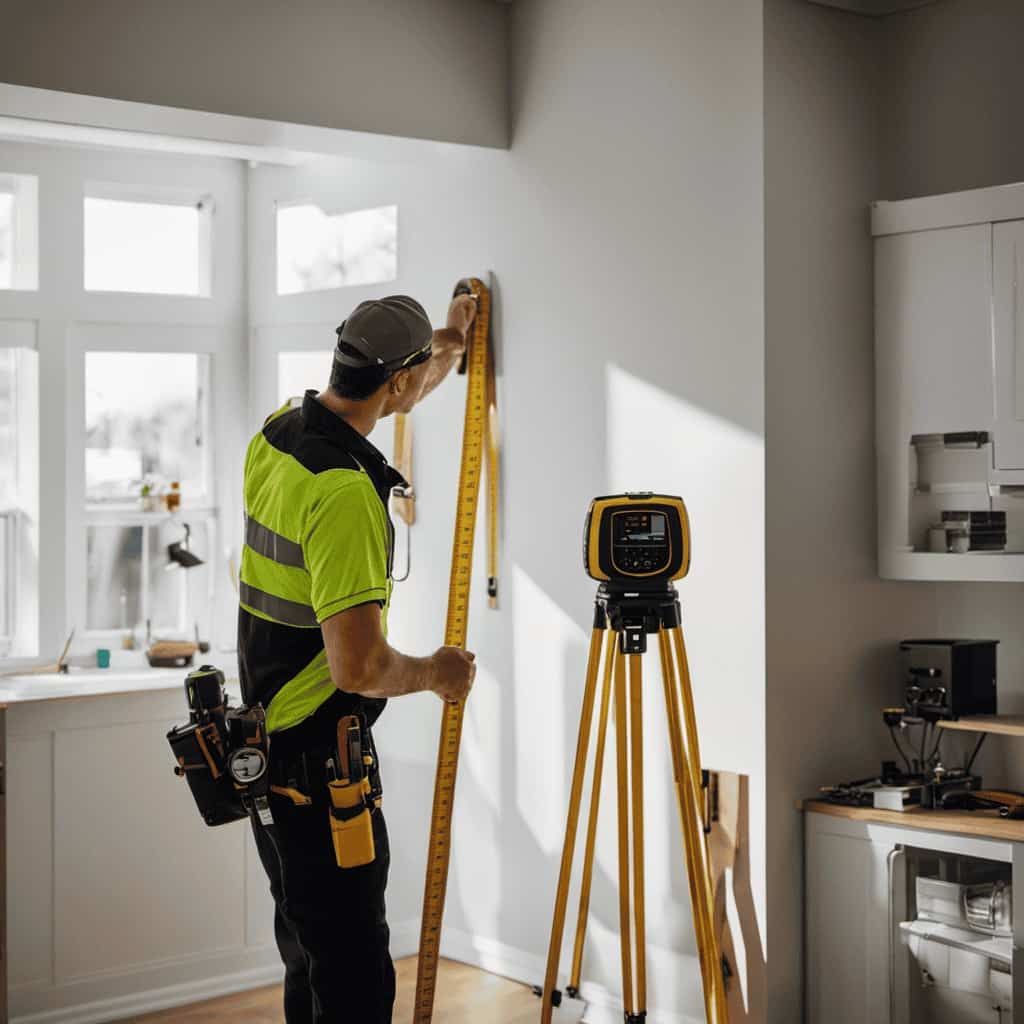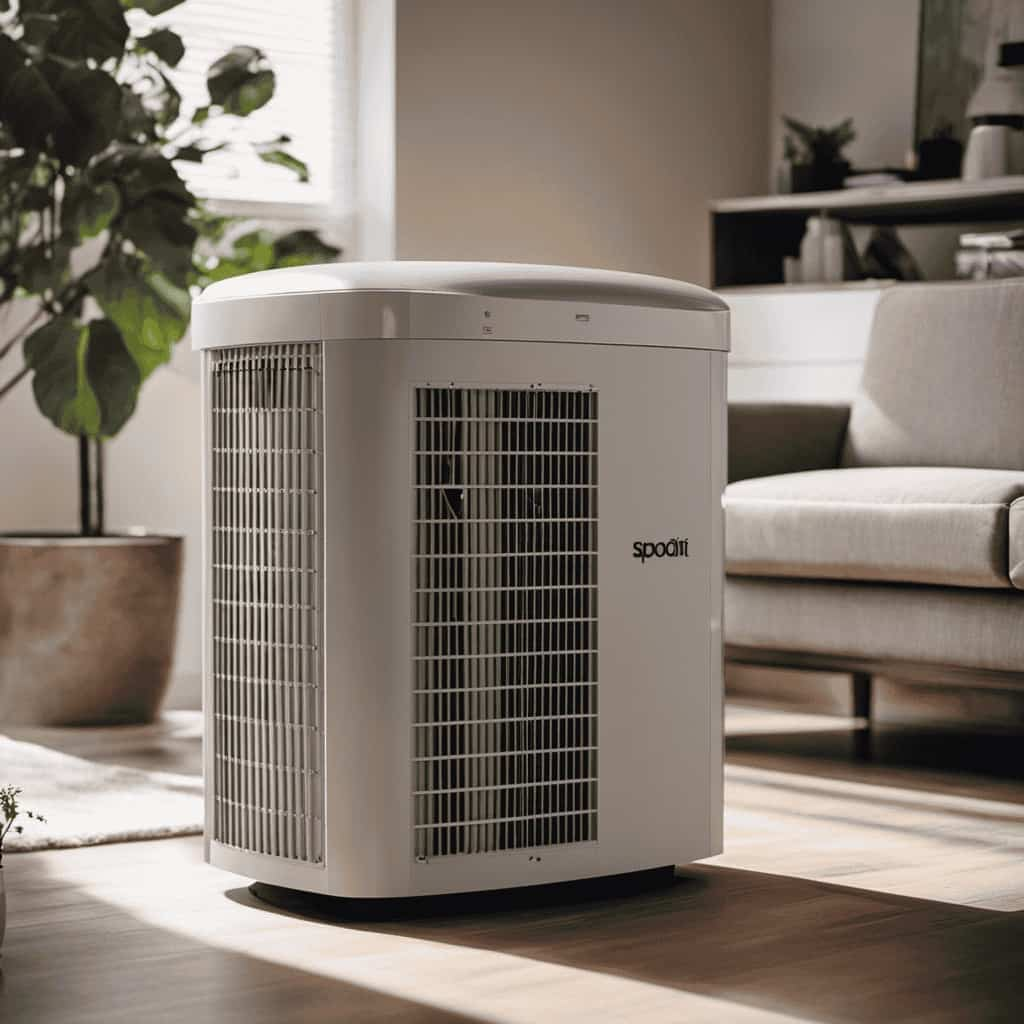In our pursuit to offer improved service, we investigate the complexities of the refrigeration process among various heat pump models. We examine the fundamental elements, including evaporation, compression, condensation, and expansion, each crucial for guaranteeing efficient cooling.
By understanding this process, you can make informed decisions when choosing a heat pump for your needs.
So let’s embark on this technical journey together, unraveling the mysteries behind the refrigeration cycle in heat pump systems.
Key Takeaways
- The key components of the refrigeration cycle in a heat pump include the compressor, condenser, expansion valve, and evaporator.
- The processes in the refrigeration cycle include evaporation, compression, condensation, and expansion.
- Factors that affect the efficiency and performance of the refrigeration cycle include Carnot efficiency, temperature difference, proper expansion device selection, and refrigerant properties.
- Understanding the expansion process in the refrigeration cycle is important for optimizing efficiency, making informed decisions, and optimizing system design.
Key Components of the Refrigeration Cycle in Heat Pumps
Our understanding of the key components in the refrigeration cycle of heat pumps has greatly improved over time. This has allowed us to enhance heat pump efficiency and make better choices in refrigerant selection.

The refrigeration cycle consists of four main components: the compressor, condenser, expansion valve, and evaporator. The compressor plays a crucial role in pressurizing and circulating the refrigerant, while the condenser transfers heat from the refrigerant to the surrounding environment.
The expansion valve controls the flow of refrigerant into the evaporator, where it absorbs heat from the surroundings, cooling the space. Efficient heat pump operation depends on the proper functioning and interaction of these components.
Additionally, selecting the right refrigerant is essential for optimal heat pump performance, considering factors such as environmental impact, energy efficiency, and safety.
Understanding the Evaporation Process in Heat Pump Refrigeration Cycle
As we delve into the evaporation process in the heat pump refrigeration cycle, it is important to understand how the refrigerant absorbs heat and undergoes a phase change from liquid to vapor. This process is crucial in the overall efficiency and temperature control of the heat pump system.

During the evaporation process, the refrigerant enters the evaporator coil as a low-pressure liquid. As it passes through the coil, the refrigerant absorbs heat from the surrounding air or water, causing it to evaporate and turn into a vapor. This phase change allows the refrigerant to carry the absorbed heat energy to the next stage of the refrigeration cycle.
To illustrate the efficiency and temperature control aspects of the evaporation process, let’s take a look at the following table:
| Evaporation Process Efficiency | Evaporation Process Temperature Control |
|---|---|
| High | Accurate |
| Efficient | Consistent |
| Effective | Precise |
Exploring the Compression Stage in Heat Pump Refrigeration Cycle
The compression stage in the heat pump refrigeration cycle involves the compression of the refrigerant and its transformation from a low-pressure vapor to a high-pressure vapor. This stage is crucial for the heat pump efficiency and plays a significant role in maintaining optimal performance.
Here are four important points to understand when troubleshooting the compression stage:

-
Check the condenser and evaporator coils for any debris or dirt buildup that could obstruct the flow of refrigerant. Clean coils ensure efficient heat transfer and prevent the compressor from working harder than necessary.
-
Inspect the compressor for any signs of wear or damage. A faulty compressor can lead to decreased efficiency and poor performance.
-
Verify that the refrigerant charge is at the correct level. Too little or too much refrigerant can affect the compression stage and overall efficiency of the heat pump.
-
Monitor the pressure and temperature differentials across the compression stage. Deviations from the recommended values may indicate issues with the compressor or other components.

The Role of Condensation in the Refrigeration Cycle of Heat Pumps
We need to understand the role of condensation in the refrigeration cycle of heat pumps. Condensation plays a crucial role in the overall efficiency of the heat pump system and has a direct impact on energy consumption.
During the condensation stage, the high-pressure refrigerant vapor from the compression stage is cooled, causing it to change from a gas to a liquid state. This process releases heat energy, which is transferred to the surrounding environment.
The efficiency of condensation greatly affects the overall performance of the heat pump. Higher condensation efficiency results in better heat transfer and a more efficient heat pump system. On the other hand, if condensation isn’t efficiently achieved, it can lead to reduced energy efficiency and increased energy consumption.
Therefore, it’s important to ensure proper condensation in order to optimize the energy efficiency of heat pump systems.

Analyzing the Expansion Process in Heat Pump Refrigeration Cycle
Our analysis of the expansion process in heat pump refrigeration cycles reveals the importance of understanding how the refrigerant expands and transitions from a liquid to a vapor state. This process plays a crucial role in the overall efficiency and performance of the heat pump.
Here are four key points to consider when analyzing the expansion process in the heat pump refrigeration cycle:
-
Analyzing the Carnot efficiency: The expansion process determines the efficiency of the heat pump, as it’s closely related to the Carnot efficiency. By understanding this efficiency, we can optimize the expansion process to improve overall performance.
-
Investigating the impact of temperature difference: The temperature difference between the evaporator and the condenser affects the expansion process. By studying this impact, we can identify ways to minimize energy losses and maximize heat transfer during expansion.

-
Ensuring proper expansion device selection: Choosing the right expansion device is crucial for achieving optimal performance. Different expansion devices have varying effects on the expansion process and overall system efficiency.
-
Considering refrigerant properties: The properties of the refrigerant used in the heat pump also influence the expansion process. By analyzing these properties, we can make informed decisions about refrigerant selection and system design.
Understanding and analyzing the expansion process in the heat pump refrigeration cycle allows us to optimize efficiency, minimize energy losses, and ensure the best possible performance for heat pump systems.
Frequently Asked Questions
Can I Use My Heat Pump as an Air Conditioner During the Summer?
Yes, you can use your heat pump as an air conditioner during the summer. It is a cost-effective option for cooling. To maximize energy efficiency, ensure proper insulation, regular maintenance, and set optimal temperature settings.

How Do Heat Pump Refrigeration Cycles Differ Between Different Brands?
Heat pump refrigeration cycles can differ between brands due to variations in heat pump efficiency and technology advancements. Understanding these differences is crucial for selecting the most efficient and reliable heat pump for your needs.
What Is the Average Lifespan of a Heat Pump’s Refrigeration Cycle?
On average, the lifespan of a heat pump’s refrigeration cycle depends on regular maintenance tasks. It’s ironic how something so vital to our comfort can require such attention.
Are There Any Maintenance Tasks I Should Perform on the Refrigeration Cycle of My Heat Pump?
Maintenance tasks and troubleshooting tips are essential for the proper functioning of our heat pump’s refrigeration cycle. We should regularly clean and inspect the components, check for refrigerant leaks, and ensure proper airflow for optimal performance.
Can the Refrigeration Cycle of a Heat Pump Be Modified or Upgraded to Improve Its Efficiency?
To improve efficiency and modify performance, the refrigeration cycle of a heat pump can be upgraded. By implementing enhancements to the system, we can maximize energy usage and optimize overall performance.

Conclusion
In conclusion, understanding the refrigeration cycle in heat pumps is crucial for choosing the right brand. By comprehending the key components, such as the evaporation process, compression stage, condensation, and expansion process, consumers can make informed decisions.
So, why settle for a heat pump that doesn’t optimize efficiency and performance? Choose a brand that excels in every step of the refrigeration cycle and enjoy the benefits of a well-designed system.









